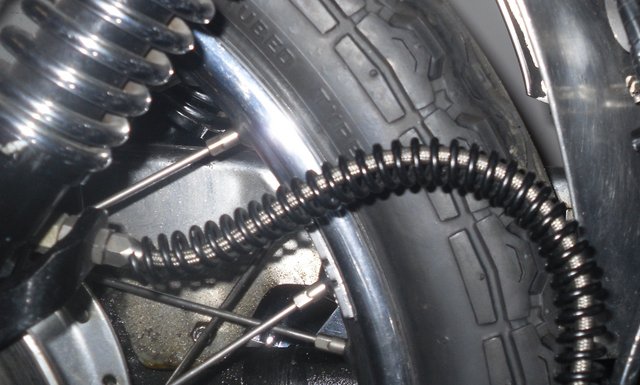Last week I had my rear brake lock up. It destroyed the Ferodo pads and bubbled paint on the rotor. Turns out the problem was the new Girling MC I installed last year. Like the OP, I assumed it would be adjusted correctly from the manufacturer... it wasn't. When I attempted to unscrew the cylinder, it wouldn't move more than a quarter turn. When they assembled it, the set screw wasn't lined up with the machined slot in the cylinder when it was tightened, and it ended up mangling the threads. Suspect this was partially due to the slot cut such that the stud won't line up with the MC body to allow the reservoir to be perfectly upright... about 5 degrees inboard. Using oil and twisting the cylinder in and out repeatedly allowed me to get it free. Turns out it was multiple full turns too far in, no idea how it worked at all. Once set correctly, the air test showed lots of bubbles whereas before an occasional bubble would float up. Lots to unpack there, but safe to say quality control has taken a holiday at Girling.
I went for a long ride yesterday in the mountains without any problems so I'm assuming its fixed. However, the rear caliper still gets pretty warm whereas the front doesn't. Nothing like when it was locked up, but still warm. The pads are dragging and showing some resistance when I spin the wheel by hand, so the pistons aren't retracting all the way, but I believe all my bikes do that to some degree. I rebuilt the caliper when I adjusted the MC and didn't see a problem. Wondering if the new pads need to bed in before this resolves itself, or perhaps it's normal, time will tell.

